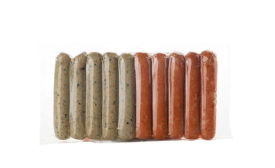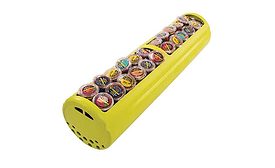Home » Keywords: » high-pressure pasteurization
Items Tagged with 'high-pressure pasteurization'
ARTICLES
Study: Non-thermal pasteurization market worth $2.7B by 2023
The HPP segment is estimated to dominate the non-thermal pasteurization market in 2018.
February 19, 2019
Refrigerated Foods Association's annual conference "covers the bases" of food safety
The RFA works toward “Advancing & Safeguarding the Refrigerated Foods Industry."
February 15, 2019
The evolution of HPP
The evolution of HPP is one that includes enhanced packaging labels, improved consumer education and expanded reach.
January 17, 2019
How to select the best heat exchanger for food pasteurization
There are various different types of pasteurization based on different combinations of heat and time.
June 19, 2018
Post-processing Pasteurization: Pressing innovation
Leveraging post-processing pasteurization technologies and methodologies is vital if meat and poultry processors are to eradicate the threat of pathogens throughout the production cycle.
August 9, 2017
Never miss the latest news and trends driving the food safety industry
eNewsletter | Website | eMagazine
JOIN TODAY!Copyright ©2025. All Rights Reserved BNP Media.
Design, CMS, Hosting & Web Development :: ePublishing









